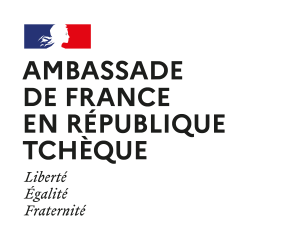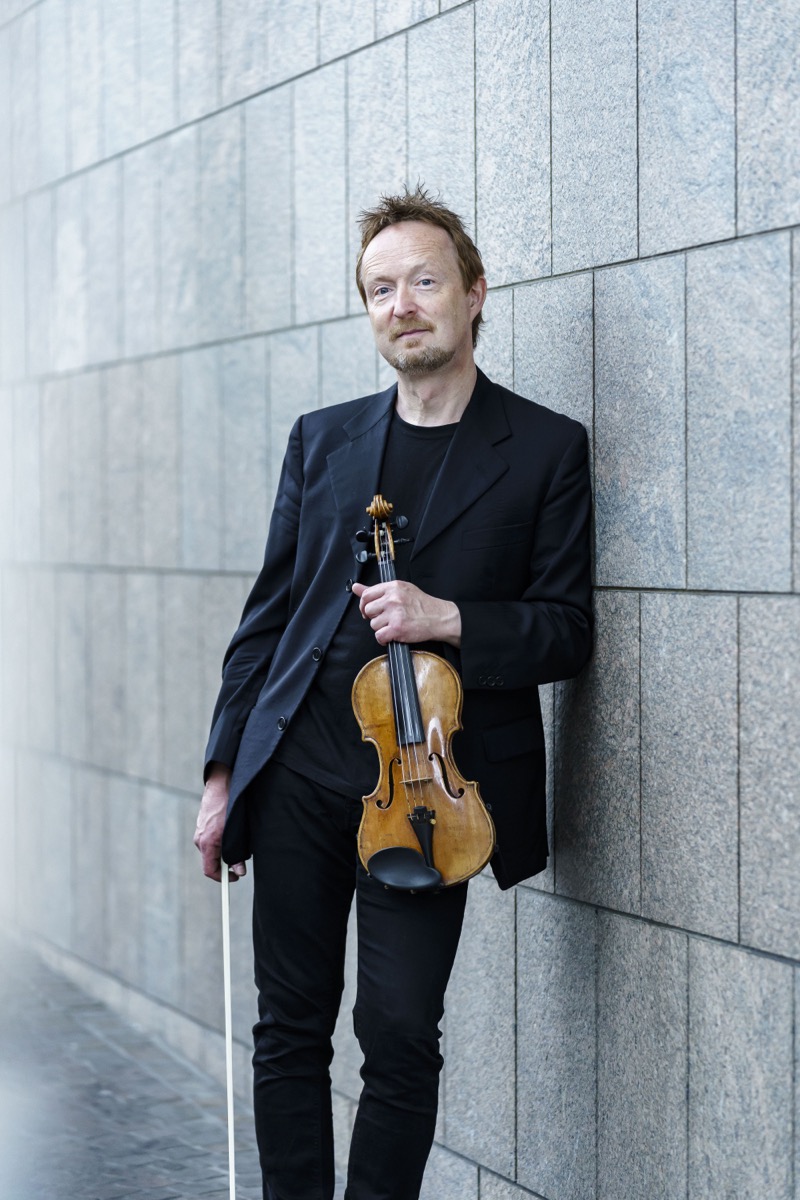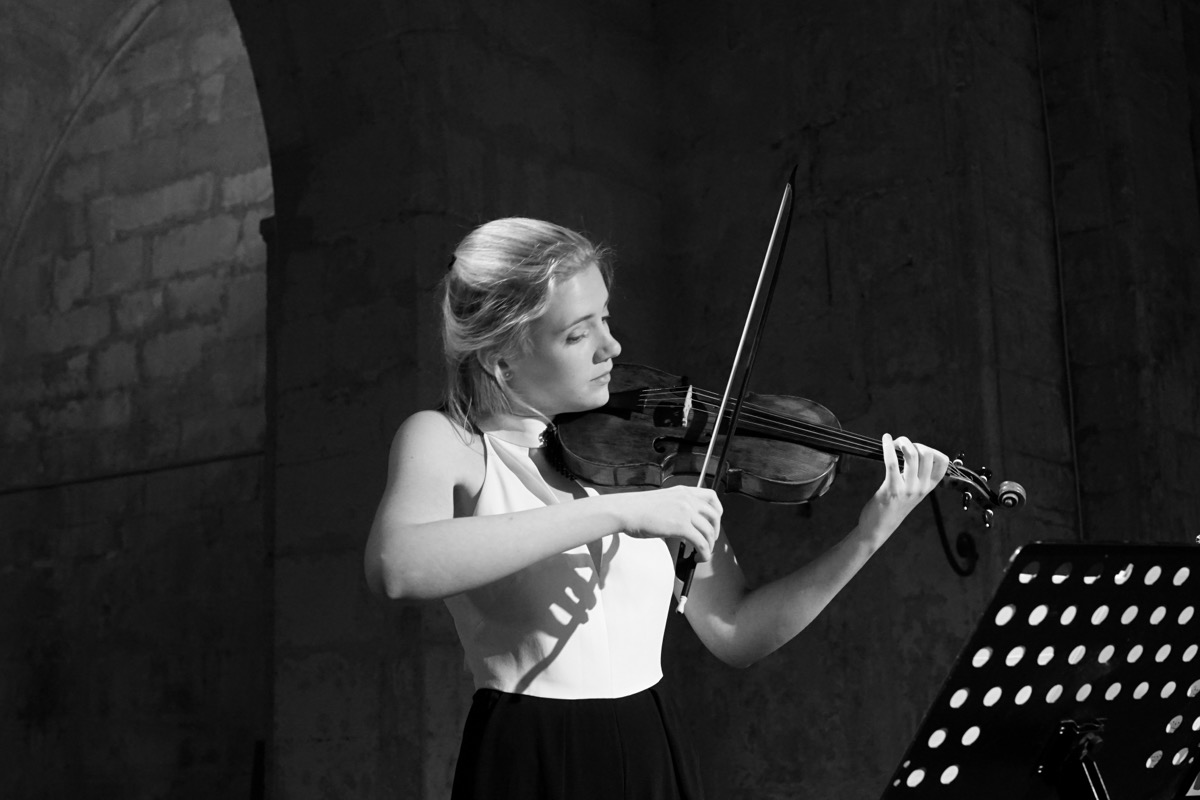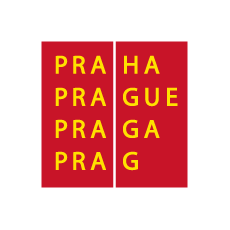REJCHA IN FRANCE
Supported by


Few composers during their lifetime influenced a single musical culture in the way that Antonín Rejcha (Anton Reicha) inspired the French cultural landscape. Born in Prague, Rejcha lived and worked in Vienna, Hamburg and Bonn, where he made the acquaintance of Beethoven, and he finally settled in Paris. In the French capital, he became a hugely respected composer and sought-after teacher. Various luminaries were taught by him, such as Hector Berlioz, César Franck and Charles Gounod, while French musicians to this day consider him their own. “Little by little, Antonín Rejcha is stepping out of the shadows and people are becoming aware of his significance. The sovereign craftsmanship of his fugues combines with great daring and an irresistible sense of humour,” says flautist and conductor Alexis Kossenko, who is coming to the Prague Spring with five top-flight French musicians performing on period instruments; together they will present Rejcha’s chamber music alongside a piece by the composer’s remarkable pupil Eugène Walckiers.
Programme
- Antonín Rejcha: Quartet for flute, violin, viola and cello Op. 98 No. 6
- Antonín Rejcha: 18 Variations and a Fantasy on a Theme by Mozart for flute, violin and cello Op. 51
- Eugène Walckiers: Sextet for flute, 2 violins, viola, cello and double bass Op. 49
Performers
- Alexis Kossenko – flute
- Daniel Sepec – violin
- Delphine Grimbert – viola
- Christophe Coin – cello
- Michaël Chanu – double bass
- Charlotte Spruit – violin
Alexis Kossenko plays both the modern flute and all its historical variants; he is also a successful conductor. He has appeared in concert in the Berliner Philharmonie, the Wigmore Hall and London’s Royal Albert Hall, and also in the celebrated Mozarteum in Salzburg. He has performed as principal flautist with the finest orchestras specialising in period instruments, such as Philippe Herreweghe’s Orchestre des Champs-Elysées and Hervé Niquet’s Le Concert Spirituel. He is the founder and Music Director of the orchestra Les Ambassadeurs. He has been involved in the music of Antonín Rejcha for many years and has recorded works by Eugène Walckiers on four CDs together with his colleagues, headed by leading French musicians Daniel Sepec and Christophe Coin.
“All three works on the programme are highly theatrical,” Kossenko tells us. Quartet No. 6 Op. 98 for flute and string instruments was published in Paris in 1820 and is one of Rejcha’s mature works. “Particularly noteworthy is the delicacy and expression of the slow movement and the feverish ardour of the finale,” states the French flautist.
Variations and Fantasy on a Mozart Theme dates from Rejcha’s Viennese period. “The eighteen variations in the first part of the work are based on the aria Se vuol ballare from Mozart’s The Marriage of Figaro. Together they represent a little masterpiece filled with eccentric humour. The Adagio is a fantasy in the true sense of the word, a theatrical illusion. The finale returns to Mozart’s theme, but without the closing phrase; instead, the music is re-routed towards an intricate fugue. Everyone loses their way in contrapuntal twists and turns – a little game Rejcha loved to play. He upended the natural hierarchy of the instruments – leaving the cello to chirp in the high registers, while the flute is given the bass notes. Eventually, when all the players are worn out by this somewhat hysterical development, Rejcha grants us the long-awaited final notes of the theme, which bring a welcome sense of tranquillity,” says Kossenko.

Eugène Walckiers wrote his Quintet in 1835, stating that, if desirable, a double bass could be added to the five instruments, giving rise to a sextet. “This is, in fact, advantageous, since the piece thus acquires an orchestral dimension,” says Kossenko, explaining why the Quintet will be performed in Prague by six musicians. “The theatrical lyricism of the work is truly exceptional. The composer is an excellent guide, taking us through all manner of different moods: From lightness to drama, from grace to gaiety.” The piece also clearly demonstrates the influence of Beethoven and Rossini. “Walckiers adopts the former’s harmonic framework and even a few of his musical ideas. In the finale it would be difficult to ignore direct references to Rossini’s opera Le comte Ory, which was premiered a few years earlier,” explains Kossenko. “The chorale represents the religious environment where the Countess has taken refuge, while the allegro canaille evokes the Count’s licentious attempts to stage an assault on the fort and win the Countess. There’s also a terrible storm permeated with panic-stricken prayers. It’s very rare that we hear so much theatre in a chamber music piece!” concludes the French flautist.








